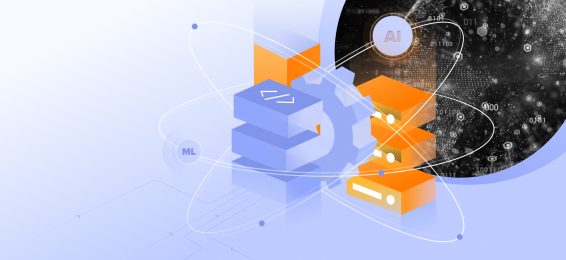Data cleansing is essential for ensuring data quality and reliability, which in turn enables accurate analysis and decision-making.
By cleaning data, organizations can improve the accuracy of their insights, reduce errors, and enhance the efficiency of their data-driven processes.
Why is data cleansing important?
Data cleansing is a critical step in data management that ensures data quality and reliability.
Identifying and correcting errors, inconsistencies, and inaccuracies helps business leaders make informed decisions and brings impactful operational benefits.
- Improved data quality: ensures data accuracy, consistency, and completeness.
- Higher quality of data analysis: provides reliable data for accurate insights and decision-making.
- Error reduction: minimizes the risk of errors in data-driven processes.
- Improved efficiency by streamlining data processing and analysis.
- Facilitated compliance: helps organizations adhere to data and privacy regulations like GDPR and the California Privacy Protection Act.
What errors does data cleansing fix?
Data cleansing allows teams to eliminate inaccuracies, duplications, and inconsistencies across the dataset. Here is the breakdown of most common errors eliminated through cleaning the dataset.
- Data entry errors: incorrect data (e.g., typos or missing values).
- Inconsistent formatting: different formats for the same data type, such as dates or addresses.
- Duplicate records: multiple records representing the same entity.
- Missing values: incomplete data, such as missing fields or null values.
- Outliers: data points that significantly differ from the rest of the distribution.
- Incorrect data types: data stored in the wrong data type, for example, storing a number as text.
- Data inconsistencies: conflicting or contradictory data within the same dataset.
- Data quality issues: violations of data quality rules or standards.



